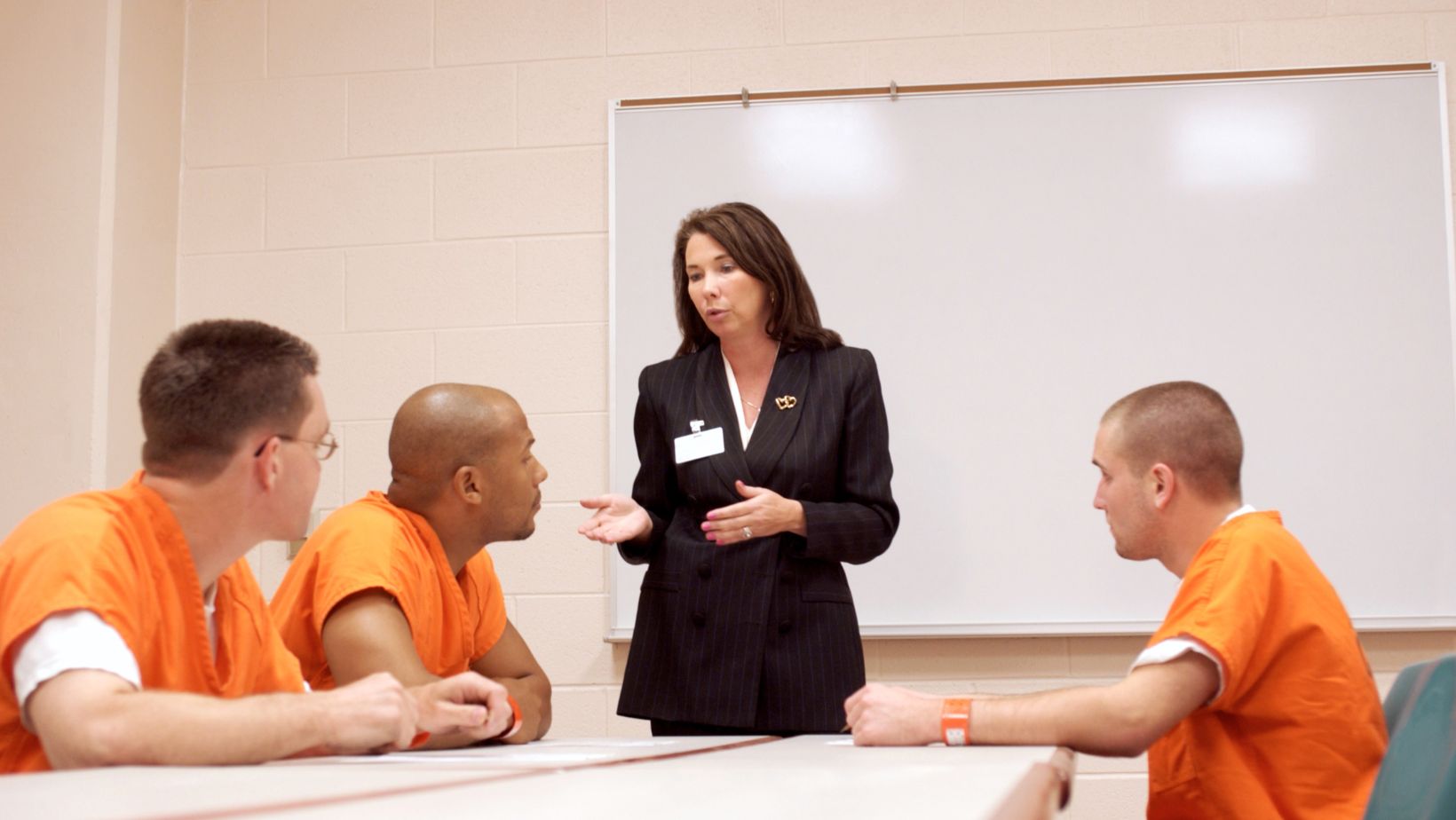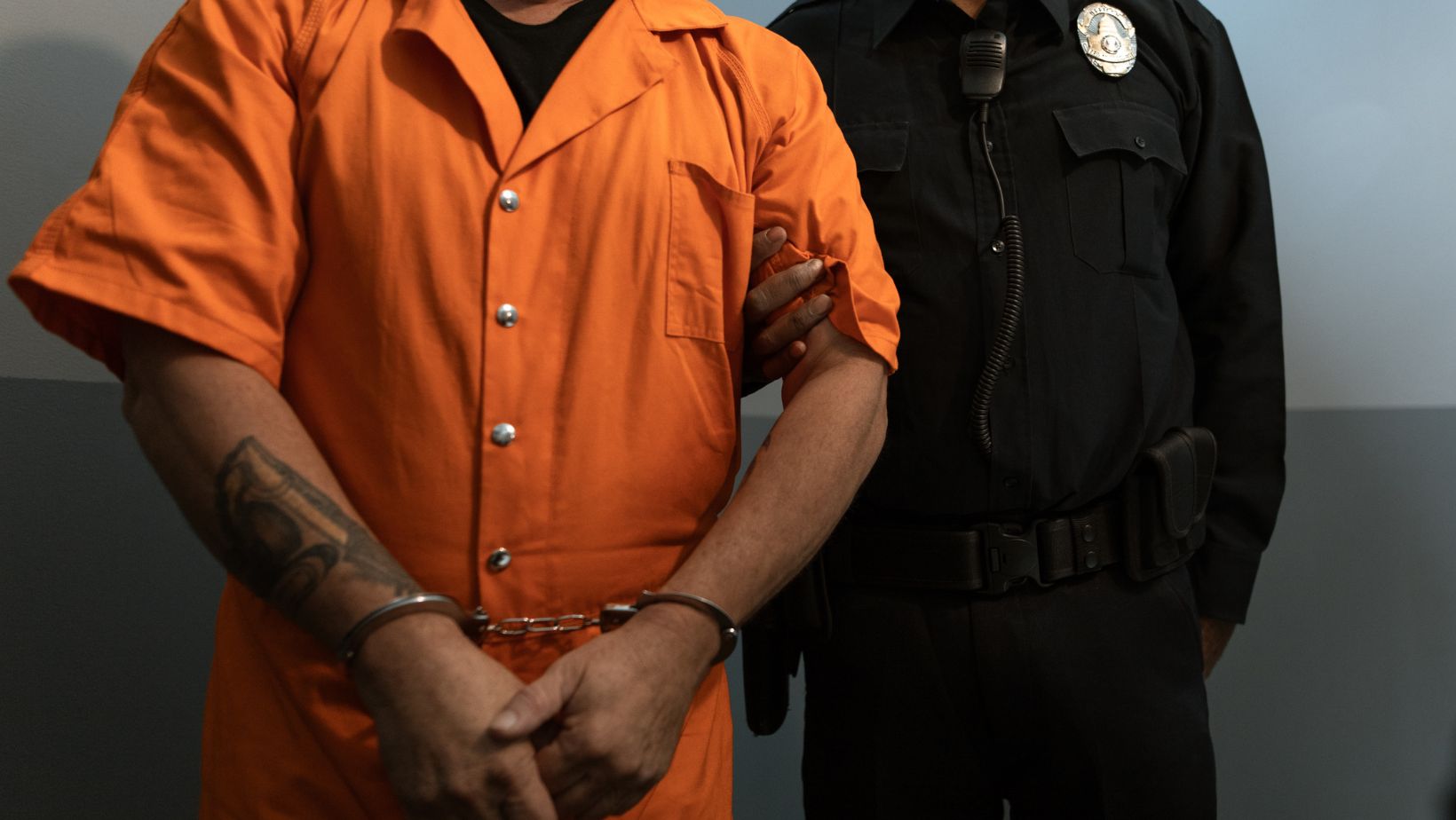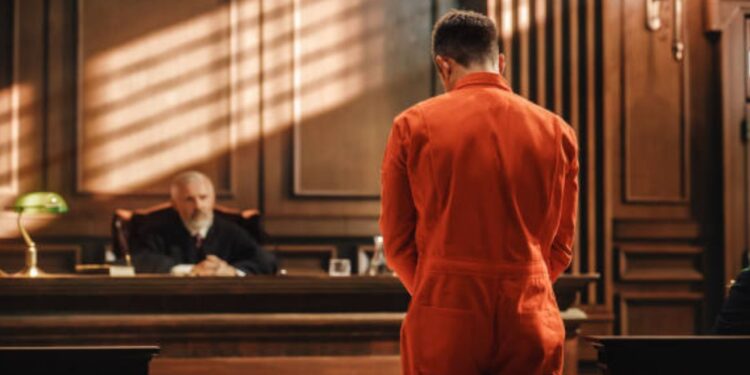If you ever find yourself dealing with the criminal justice system, you’ll probably hear the term “plea bargain” at some point. It’s basically a deal made between the defense and the prosecution. These deals play a huge role in most criminal cases, so if you’re facing charges, it’s important to know what they are and how they work. That knowledge can help you make better decisions. Let’s understand what plea bargains are, the different types, and how they work in Santa Rosa.
What’s a Plea Bargain?
A plea bargain is when someone agrees to plead guilty to a lesser charge or fewer charges in exchange for a lighter sentence. This helps avoid going to trial, which is why it’s so common. Trials take a lot of time and money, and plea deals can speed things up for everyone involved.
Usually, things start with negotiations between the criminal defense lawyers in Santa Rosa and prosecution. They sit down and try to come up with terms both sides can live with. Plea deals can wrap things up quickly and might benefit the defendant by reducing the charges or penalties they face. But it’s not something to rush into—thinking it through is key.
Types of Plea Bargains
There are a few different kinds of plea bargains. Each plea bargain comes with different results. Knowing the types can give you an idea of what to expect.
Charge Bargaining
It is the most common type of plea bargaining.

The defendant pleads guilty to a less serious charge—like having a felony knocked down to a misdemeanor—to lower the overall punishment.
Sentence Bargaining
Here, the defendant pleads guilty to the original charge but gets a lighter sentence in return. This can mean less time in prison or probation.
Fact Bargaining
The defendant agrees to certain facts of the case, and in return, the prosecution either drops or reduces charges. This type of plea bargaining isn’t as common, but it’s still an option.
Count Bargaining
This is when the defendant pleads guilty to one or more charges, and the remaining charges are dropped. It’s often used when there are multiple charges on the table to reduce the total punishment.
The Legal Side of Plea Bargains
Judges play a big role in plea bargains. They’re responsible for reviewing the deal to make sure it’s fair and that the defendant isn’t being pushed into it.

There are also laws in place to make sure defendants understand what they’re agreeing to and that their rights are protected throughout the process.
How Does the Plea Bargain Process Work?
The process might sound simple to you. However, there are a few steps involved, as follows.
- Negotiation
- Agreement
- Court Approval
- Plea Entry
Conclusion
Plea bargains are a huge part of the justice system. They help resolve cases faster and often lead to lighter sentences. But they can also come with downsides, like the pressure to plead guilty or long-term impacts on your criminal record. The more you understand how plea bargains work and what your rights are, the better decisions you can make.















